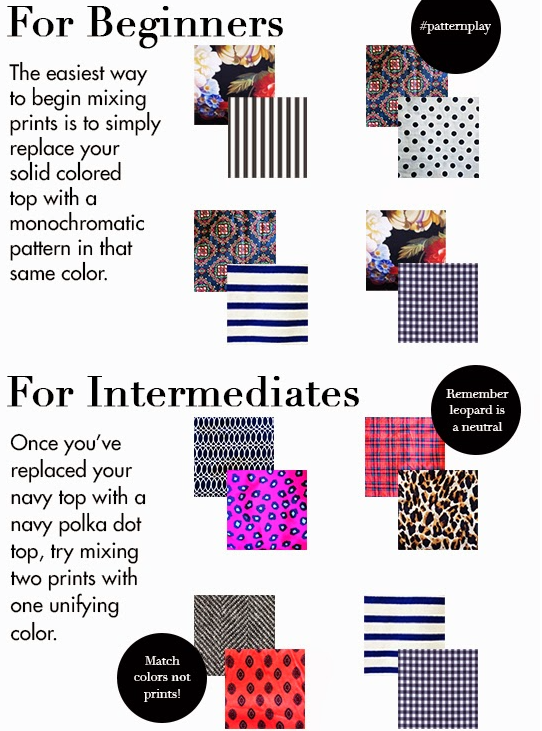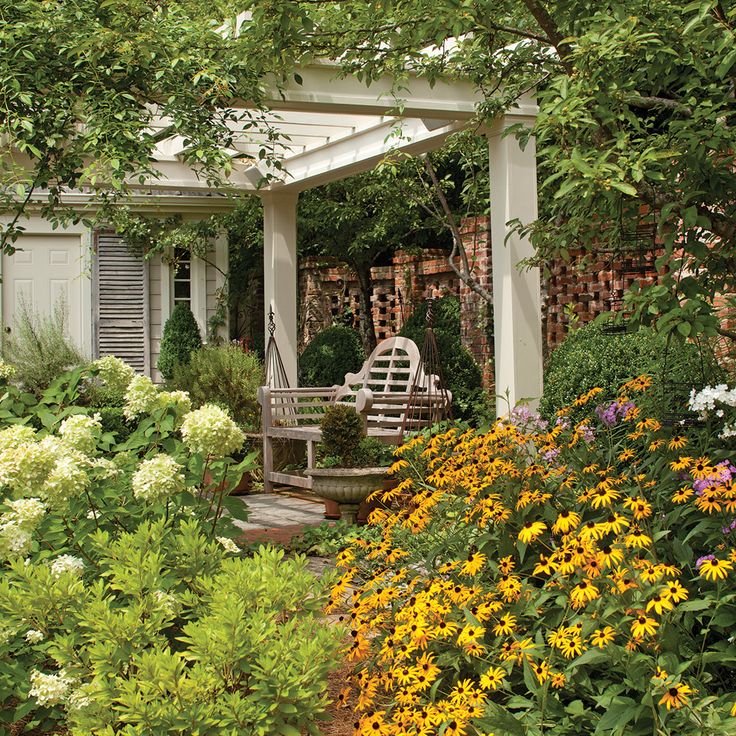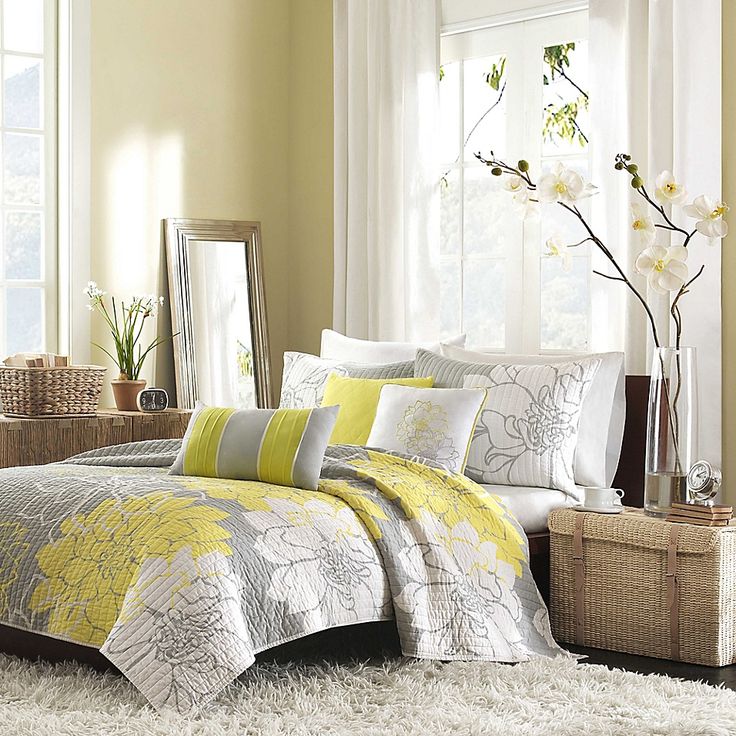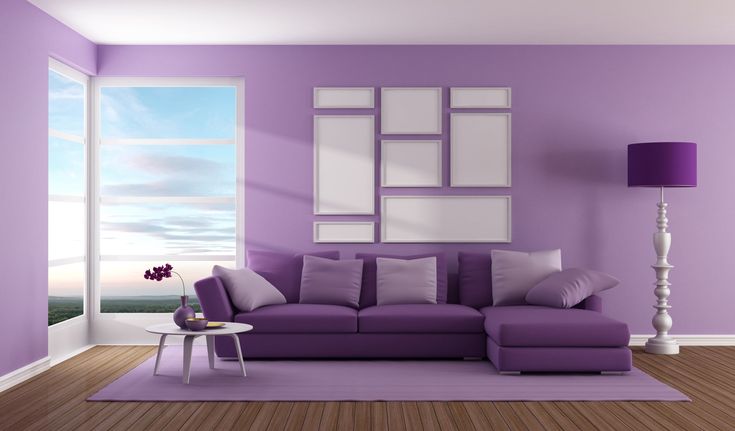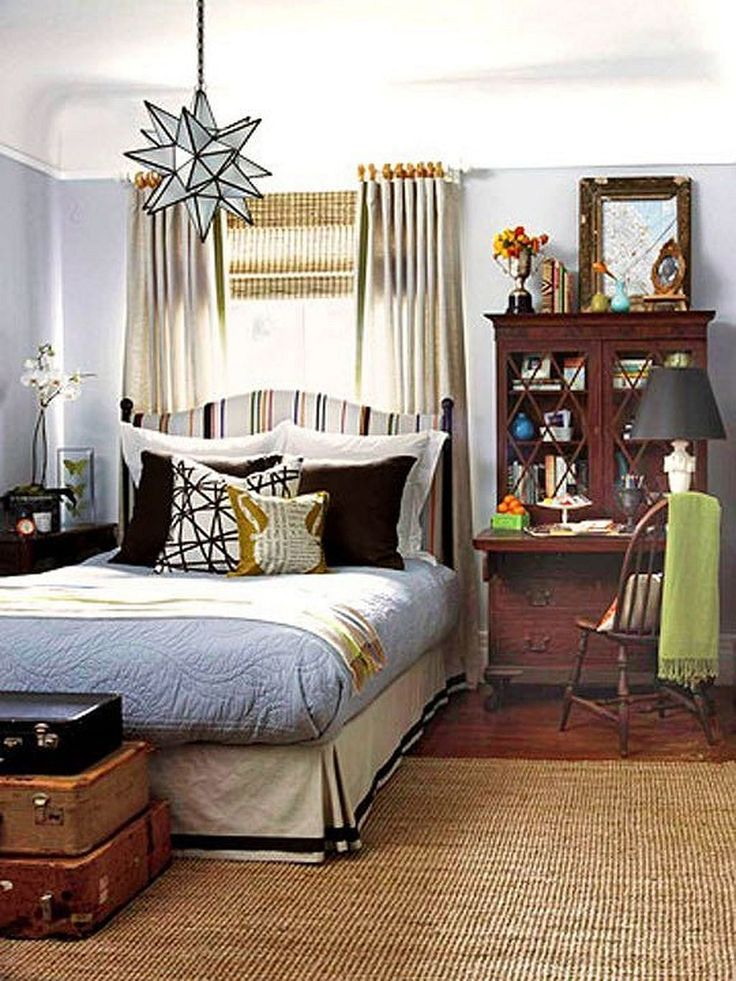How to mix fabric patterns
How To Mix Fabric Patterns Like A Pro
Learn how to mix fabric patterns like a pro in just a few simple steps. Trust me you can do this!
Do you see what I see? Sooooo many pretty fabric combinations-- right?
When I sat down to come up with some examples to show you guys how to mix fabric patterns like a pro, I thought it would be quick. Problem is…. I’m sorta like a kid in a candy store when it comes to fabric.
I could look at it all. day. long and love playing around with the different colors and patterns. So 3 hours later, I’m finally sitting down to write this post after having way too much fun playing with all of the different fabric combinations.
One of the questions I get from readers most often is how to mix patterns. And since we most often use pattern on the fabrics we use in our home, let’s start there.
Of course these tips can be applied to pattern throughout your space too. So let’s get to some easy tips that will have you choosing fabric for your space to add an instant pop of your personality.
(Mixing up patterns can be a trick used to mix different decor styles, too. This post shows you how to get a coordinated look when mixing styles that works together and looks terrific!)
PinI typically like to use 3 patterns in a space. This is just enough to make it interesting, but not so much that it will seem too busy. But don’t be afraid to break this rule. It will totally depend on the look you are going for.
Many of us are struggling with breaking up with the matchy-matchy look that our moms were so good at. Remember that your patterns don’t have to match, they just have to go. By that I mean they have to have some element in common. That might be color, style, or scale.
So if we are choosing 3 patterns to go together we are going to choose one of each:
- Floral/Organic
- Geometric
- Scale that is much smaller or much larger than your other 2 choices.
1. Start with a pattern that you love.

This will be the jumping off point for the other fabrics that you choose, so of course it makes sense to start with one pattern that you can’t get out of your head. Chances are this pattern is going to say something about your personality and the colors will make you feel good.
2. Does your first choice pattern have an organic origin or is it a geometric?
Let me explain. Almost all patterns will be either organic or geometric.
Organic patterns can include floral patterns or anything inspired by nature. They can be very literal or a bit more abstract. Organic patterns can have a lot of swirl and movement and it is typically difficult to see where the pattern repeats itself.
Geometric patterns are those that have a definite pattern to them and typically have a lot of contrast, too. The simplest geometric patterns are polka dots or stripes, but there are a lot of really interesting and more complicated geometric patterns also.
If your first choice is organic inspired, you are going to want to choose a geometric next. If your first choice is geometric, you will want to choose something nature inspired.
Let’s do an example.
Let’s pretend we are going to be decorating a little girls room or nursery and we have fallen in love with this floral fabric. Since this is a floral I’m going to want to choose a geometric next.
3. Consider color.
Is there a color in your first choice fabric that you want to highlight? Use that color to make your second fabric choice.
Back to our example…
I decided to bring out the green and found a geometric pattern that mimics lattice to go with a sort of garden feel.
4. Now think about scale.
Large scale prints and patterns work best on large pieces like curtain panels and duvet covers and small scale prints and patterns tend to work best on smaller items like throw pillows, lamp shades, or valences.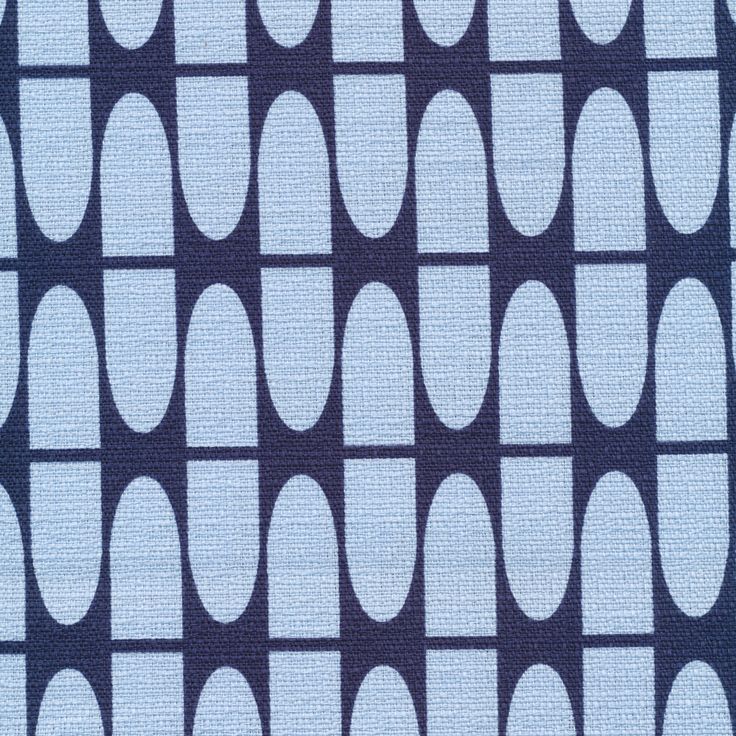 Take that into consideration, but don’t be afraid to break the rules a bit. I’m a sucker for a throw pillow with a large scale pattern on it.
Take that into consideration, but don’t be afraid to break the rules a bit. I’m a sucker for a throw pillow with a large scale pattern on it.
That said, for your 3rd pattern choice you are going to want to consider scale. If both of your choices so far are medium to large scale, you will want to choose a small scale pattern for your third choice. But if your choices so far are smaller in scale, you will want to choose a large scale pattern. This is also a perfect opportunity to pull out another color from your choices so far.
When you are buying fabric online you will see the pattern repeat listed in the details of each fabric. Some sites even have a ruler on the photo of the fabric to give you an idea of the scale of the pattern.
Back to our example…
My first two choices are medium in scale so I decided to go very small scale with this lilac gingham. Not only is it perfect for the feel of a little girl’s room, but it pulls out the purple perfectly and because the pattern is so small, almost acts as a solid without being a boring solid.
Now that wasn’t so hard was it?
I love to shop for fabrics online and usually pin them to a secret Pinterest board when I’m brainstorming so that I can see my choices all together. Then I can go to the board and see them all next to each other to make my final choices. I would suggest that you always order swatches first if you are ordering online since the colors and textures can be a little off on your screen.
So that isn’t the only example I have for you. Remember when I said that I got a bit carried away and was playing with all sorts of fabric patterns? Here are a few of my favorites that I came up with…
Love this for a “big girl room” or if I was single and had a cute little apartment.
Maybe for a boy's room?
This fabric combination would work anywhere.
I love this modern organic inspired fabric! Here it is two ways…
Super subtle, but very pretty grown up look...
You can try out your new pattern mixing skills with these 8 simple sewing projects even a beginner can do!
Ready to create a home that feels like you without the overwhelm?
Inside my course, Style Your Way Home, I'll teach you my step-by-step approach to discovering your unique design style and how to incorporate all the styles you love into your own home design plan.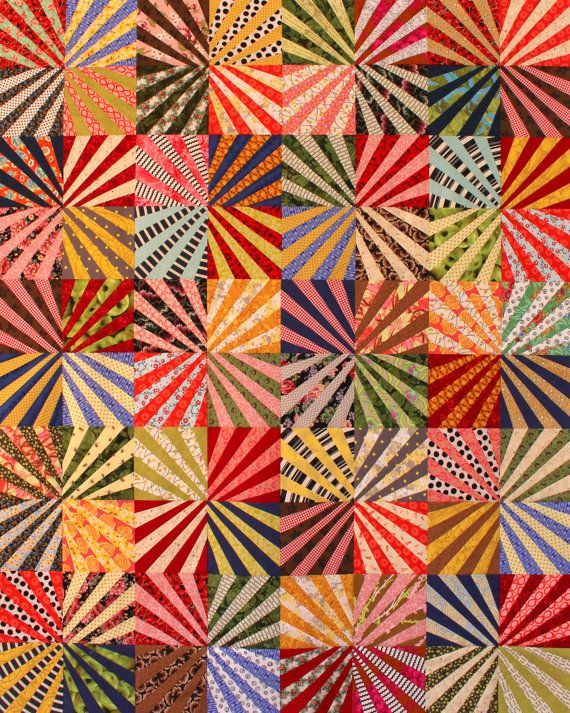 Plus, you'll learn my simple 4 step process to to apply your decor plan to any room in your home so you can make quick and confident decisions and create a home that feels like YOU.
Plus, you'll learn my simple 4 step process to to apply your decor plan to any room in your home so you can make quick and confident decisions and create a home that feels like YOU.
CLICK HERE TO LEARN MORE ABOUT STYLE YOUR WAY HOME
5 Tips for Mixing Fabric Patterns
Skip to content
ByAnn Drake
5 Tips for Mixing Fabric Patterns: tips and tricks from a DIY decorator that are super easy. Get the look you see in magazines all on your own!
If you have followed my blog for very long, you know I am a lover of fabric. I sometimes buy it without even knowing where it will end up. Mixing and matching fabric patterns may seem daunting but if you follow just a few rules, you can get the look you see in magazines at a fraction of the cost…and even if you don’t sew. My philosophy, and it’s not shared by some designers, is to use the same colors in all the main rooms of your home. Not only is it easier, but it allows you to move your soft furnishings from room to room for a completely different look. It literally expands your decor and the possibilities are endless. For example, instead of investing in a rug for one room, you will be buying a rug that you could possibly use in every main room of your home. In my case, I have the same colors in my entry, living room, dining room and kitchen. I don’t have an open concept home but by using the same colors throughout, there is flow from room to room. These 5 tips for mixing fabric patterns will work for any space.
Not only is it easier, but it allows you to move your soft furnishings from room to room for a completely different look. It literally expands your decor and the possibilities are endless. For example, instead of investing in a rug for one room, you will be buying a rug that you could possibly use in every main room of your home. In my case, I have the same colors in my entry, living room, dining room and kitchen. I don’t have an open concept home but by using the same colors throughout, there is flow from room to room. These 5 tips for mixing fabric patterns will work for any space.
5 Tips for Mixing Fabric Patterns
1. PICK TWO COLORS AND A NEUTRAL.
Start with two colors that work in your space. Think about this for a while, decide and then stick to your decision. Believe me, I know how tempting it is to throw in another color…and you could but not when you are just getting started. It helps for these colors to be on your biggest pieces, like sofas and rugs. In my case my two colors are blue and yellow…and my neutral is ivory. Whites and ivories make great neutrals but so do grays and blacks.
In my case my two colors are blue and yellow…and my neutral is ivory. Whites and ivories make great neutrals but so do grays and blacks.
2. PICK AT LEAST THREE DIFFERENT PATTERNS.
This is where your own style will come in so just choose what you love. The only rule is to stick with the two colors you chose in step 1. Some examples of patterns are florals, stripes, plaid, geometric, checks, toile, chevron, animal print.
Here are the yellow patterns I use in my main living spaces.
Here are the blue patterns.
(Fabrics no longer available.)
3. PICK AT LEAST ONE FABRIC THAT HAS YOUR TWO COLORS AND YOUR NEUTRAL.
This fabric will be what makes all the other patterns work together. Use it wherever you can along with the other patterns that you have chosen. Here are two fabrics I use that have both blue and yellow.
(Fabrics no longer available.)
4. VARY THE SCALE OF YOUR PATTERNS.
Your patterns should be different sizes. For example if you have a very wide stripe, use a smaller floral pattern. If you are using a large buffalo check, use a smaller stripe such as ticking. Don’t use all stripes…or all florals.
For example if you have a very wide stripe, use a smaller floral pattern. If you are using a large buffalo check, use a smaller stripe such as ticking. Don’t use all stripes…or all florals.
5. DON’T BE AFRAID TO BREAK A RULE!
Try to mix it up a little without over-thinking it. At the end of the day, if you fall in love with three large scale patterns, and they follow the color rule, chances are they will work just fine. I honestly pay more attention to color than scale. If I fall in love with a pattern, I tend to use it whether it follows all the rules or not. The one rule I don’t break is keeping with my two main colors, with one exception. I do add seasonal colors. In the Fall I bring in browns and oranges…and at Christmas I add reds and greens.
Christmas Pillow Covers available in my Redbubble Shop.
*Some links lead to websites where I am an affiliate. Click HERE for my disclosure statement.
My favorite places to buy fabric:
Fabric. com | Joann.com | Onlinefabricstore.net | Hobby Lobby
com | Joann.com | Onlinefabricstore.net | Hobby Lobby
If you don’t sew, Etsy is an excellent place to buy pillow covers that are reasonably priced. Here are my favorite shops:
Lily Pillow | Chloe & Olive | Dekowe | Reed Feather Straw | Delicious Pillows
5 Tips for Mixing Fabric Patterns Bonus: Throws and rugs are important. Not only do they add layers but they add texture as well. Stick with your colors when purchasing these items and you will be able to freely move them from room to room.
Are you a member of the OSP family?
Click the image to learn more!
Today is DIY Tips and Tricks day so here is some more inspiration for you. These girls are absolutely the best so if you have an extra minute, please stop by their blogs. Thank you and see you soon!
STONE GABLE
THISTLEWOOD FARMS
CEDAR HILL FARMHOUSE
The ability to wear colorful outfits is aerobatics in the world of fashion and style.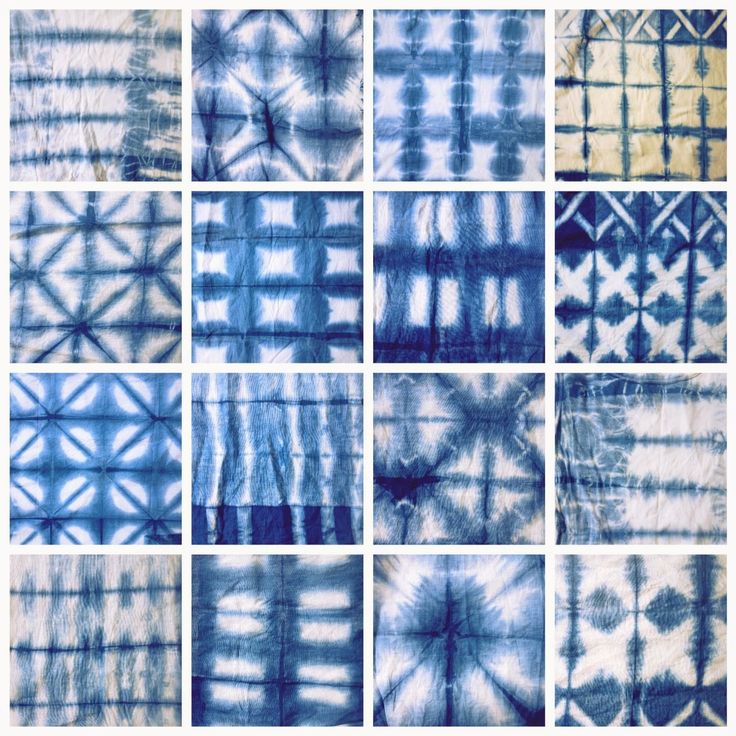 For beginners, the competent combination of complex patterns and prints with other things is difficult. It will never be superfluous to study the recommendations of stylists on this topic. For beginners, the competent combination of complex patterns and prints with other things is difficult. It will never be superfluous to study the recommendations of stylists on this topic. Bright and colorful things with inept selection can turn you into a clown. If you are going to a children's party in cloudy weather, such an image may still be appropriate. In all other situations, you probably won't need it. At the same time, difficulties in choosing things for colorful dresses and blouses should not stop you. If you decide to stick to a monochromatic range in order to avoid incidents and mistakes, you risk seeming boring. So even if not all of your experiments with clothes in stripes, checks or flowers impressed others, keep looking for your style. And we will suggest interesting ideas about this. To succeed in finding interesting patterns based on clothes with a pattern, you need a little inspiration and a little patience. 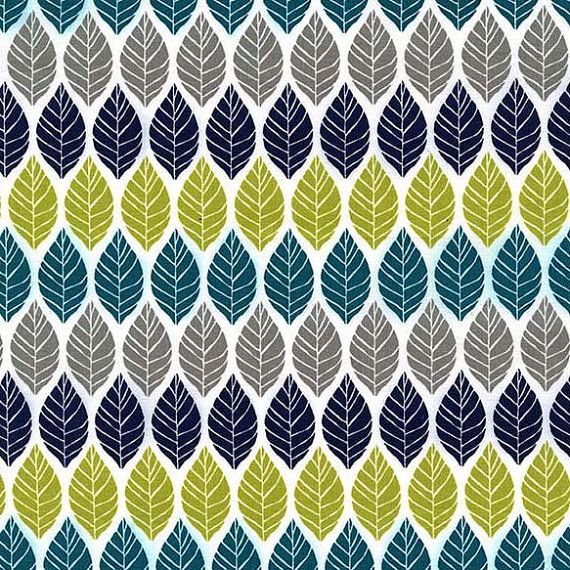 They will be rewarded with a bright, catchy, memorable, but not vulgar image. Some women cringe at the mere thought of wearing stripes and polka dots at the same time. Do not rush to conclusions: sometimes the right types of patterns can look very harmonious. They will be rewarded with a bright, catchy, memorable, but not vulgar image. Some women cringe at the mere thought of wearing stripes and polka dots at the same time. Do not rush to conclusions: sometimes the right types of patterns can look very harmonious. Military and floral themeIt is difficult to imagine a successful mix on this topic, but such combinations exist. Green and khaki looks organic with flowers. This is how nature intended. As for the world of fashion, then this combination is able to create an image from the category of "Beauty and the Beast". Everyone knows this popular musical based on the fairy tale about the scarlet flower.When choosing pieces in a military theme to combine with clothes with a floral print, carefully study what is in magazines and on the catwalk in this area. This is an interesting, but not very simple combination. The brutality of a military camouflage pattern, combined with feminine and romantic floral prints, can make a splash in society.  But any slightest mistake will cost you dearly: it will turn into shame and dishonor. The reputation of a stylish person will have to be restored from scratch. But any slightest mistake will cost you dearly: it will turn into shame and dishonor. The reputation of a stylish person will have to be restored from scratch. Stylists recommend doing this: one of the things should have a very large pattern, and the other should have a very small one. If you follow this rule, then there should be no problems. The image will not seem pretentious and extraordinary, on the contrary, it will be filled with harmony and beauty. You can try on a dress made of fabric with a floral pattern with a military-colored jacket. This combination will draw attention. Wear it with confidence and no one around will begin to doubt whether it is possible to combine patterns in this way. Actress Jessica Alba can serve as a role model. She, however, wears plain khaki jackets with floral skirts. But he manages to add a blouse with a lace pattern in the form of flowers to this outfit with style and taste.
Stripes and flowersCombining stripes and floral prints is a slightly easier task than the previous one.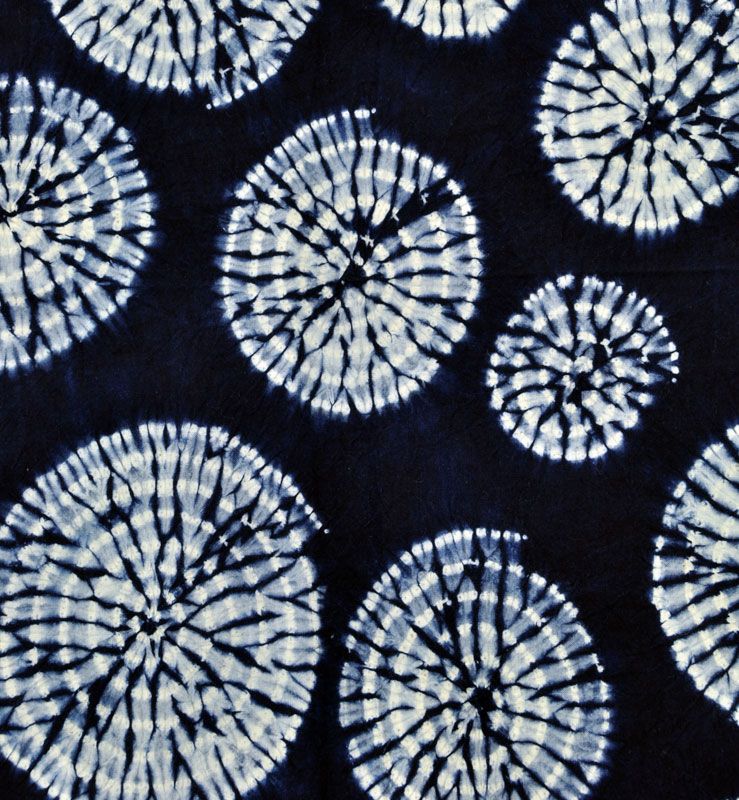 And here fashion gurus recommend using things with different print sizes. Only in this situation, their advice concerns slightly different combination options. A large pattern should be moved to the top of the outfit, and a small one should be left at the bottom. And here fashion gurus recommend using things with different print sizes. Only in this situation, their advice concerns slightly different combination options. A large pattern should be moved to the top of the outfit, and a small one should be left at the bottom. Stripes are a pretty versatile type of pattern and go with many other prints. Try to wear such things with different options for colorful fabric, be guided by your perception and the advice of your friends about which combinations are successful. If you want to narrow down the search for interesting solutions, try the same color schemes first. A floral dress can also be combined with a striped jacket or cardigan. And vice versa: a dress can be striped, and a sweater or cape can be tried on in a flower. If the image will seem harmonious and harmonious, you can leave it in your arsenal for special exits. The combination of stripes and floral motifs is so successful that there are ready-made outfits that are sewn from this type of fabric.  This is also an interesting option for those who are just starting to experiment with similar tasks. This is also an interesting option for those who are just starting to experiment with similar tasks. Graphic and animal patternsGraphic patterns are reminiscent of watercolor drawings, paintings made in different styles. They are combined with many print options, such as floral or animal prints. Many fashion designers know that a combination of such patterns can look great. And they create uniform outfits (dresses or blouses), in which they are already successfully mixed.Imitation of the colors of animal skins on the background of a graphic pattern can be the perfect solution for you. This combination will help create a bright, memorable image. Especially if you can show the transition from one pattern to another. The smoother it is, the more interesting the image will turn out. Check and stripThe combination of checkered and striped things is not such a difficult task as others. Both patterns belong to the geometric type of prints. It's easy to match them up. It's easy to match them up. The main thing here is not to overdo it. Two things of these patterns can look stylish. And the third against their background should be monophonic. Otherwise, there will be a bust and instead of a stylish image, you will get a not very aesthetic image.
Multicolored and plain fabricsThe listed options for combining patterns and prints are suitable for courageous women who are confident that they have an excellent sense of taste. Or those who want to develop it in themselves. If you're too shy to try these mixes, it's best to start by trying colorful pieces paired with solid colors. There are some tricks here, let's list some of them. There are some tricks here, let's list some of them. 1) Choose shoes or accessories to match one of the shades of the outfit. This will help create an interesting, but rather restrained look. And if you want to impress everyone to the core, try wearing bright red shoes with a leopard-colored dress. And try on a sundress with a pattern in the form of a zebra skin color with turquoise sandals. It will turn out a very interesting combination, suitable for a celebration. It is easy to guess that by changing one shoe to another, you can transform an outfit from business or casual to festive in five seconds. 2) Avoid jewelry. Variegated colors are bright in themselves. A lot of jewelry and accessories are not needed here. Moreover, bright floral or striped patterns allow you to do without makeup. This is the easiest and fastest way to make your image impressive without spending a lot of time on it. 3) Use a mixture of one type of pattern.  To begin with, if you are afraid of making a mistake, learn how to properly mix things with one type of pattern. Wear a striped business suit with a striped blouse, a plaid skirt with a similar jacket. This option is a great way to take the first step towards the ability to create stunning outfits based on colorful things. To begin with, if you are afraid of making a mistake, learn how to properly mix things with one type of pattern. Wear a striped business suit with a striped blouse, a plaid skirt with a similar jacket. This option is a great way to take the first step towards the ability to create stunning outfits based on colorful things. 4) Use accessories with the same pattern as the skirt or jacket. This is another step-by-step option to gradually master the blending of prints. If there is only one motley thing in the whole outfit, first try to match it with a handbag or shoes with a similar pattern. It will be an interesting experiment that will help you gradually gain the courage to make brighter decisions. |
how to start, technical basics, tips
Contents
- Which fabrics are suitable for batik
- What colors are used in batik
- Fabric Drawing Techniques
- How to transfer a drawing
- Practical tips
- Ideas: what things can be painted
Batik (painting on fabric) is an exciting activity, the result of which will help you add zest to your individual style and demonstrate your own talents.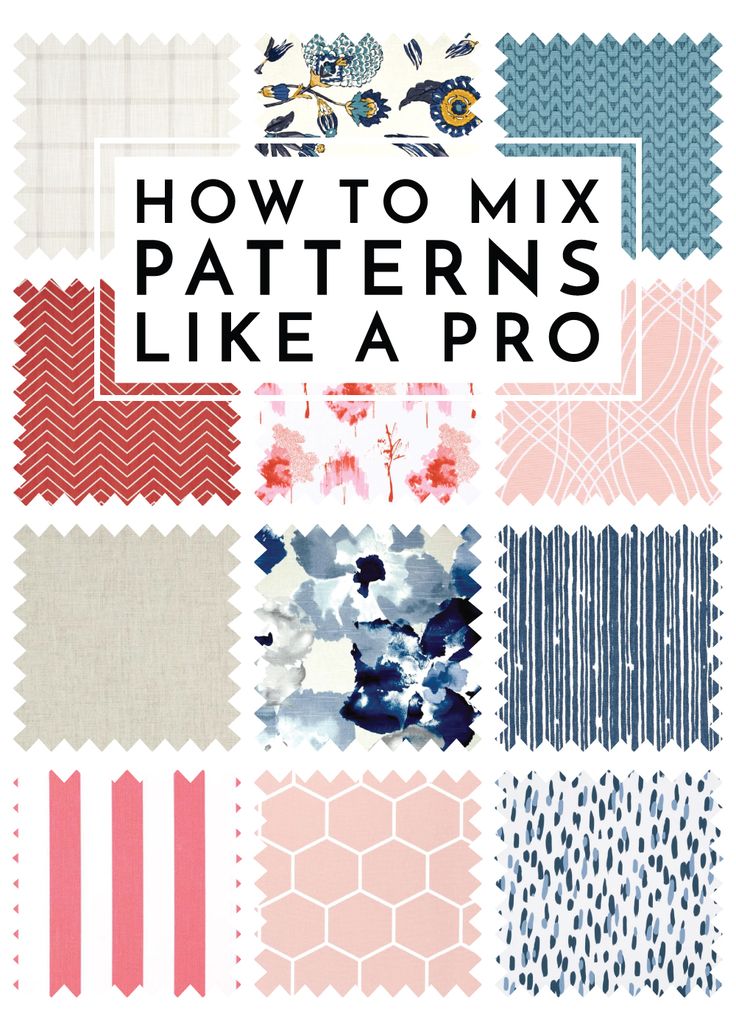 There is nothing super complicated in painting on fabric, the main thing is accuracy, high-quality materials and compliance with certain rules.
There is nothing super complicated in painting on fabric, the main thing is accuracy, high-quality materials and compliance with certain rules.
You will need a workplace, fabric, paints, brushes, a container of water and small cotton rags.
Which fabrics are suitable for batik
You can paint both the finished thing and the piece of fabric. When looking for material for batik, you need to pay attention to its appearance and physical properties - density, smoothness and weave of threads. This will determine how the paint spreads and absorbs. The best choice is a plain flowing fabric with a smooth surface and plain weave.
There are two main directions of classical batik - cold and hot. Since one of the stages of hot batik is boiling, only those materials that do not deform during heat treatment are suitable for it - cotton fabrics, viscose or linen. The technique of cold batik, in addition to the above, allows you to work with wool and natural silk.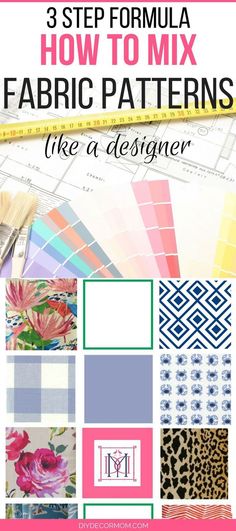 There are also patterns on synthetics, such as polyester, but this is an extremely unpredictable material, and it is better for beginners not to risk it.
There are also patterns on synthetics, such as polyester, but this is an extremely unpredictable material, and it is better for beginners not to risk it.
What colors are used in batik
For drawing on fabric, special paints are needed, they are of two types: based on acrylic and aniline. Acrylic drawings in the final stage are fixed with a hot iron, and aniline for fixing is treated with steam in a special autoclave. However, economical craftsmen have already adapted to steam products in buckets and double boilers. When steamed, the dye penetrates deep into the fibers, giving a uniform color and completely preserving the structure of the fabric. Working with aniline paints takes more time, requires preparation and some skill. This is pro level.
Acrylic paints are affordable, water soluble, washable and dry quickly - great for beginners. Such materials are classified as "hobby". They are matte and glossy, with increased fluidity for painting on silk, for working on dense fabrics and leather - marked "Textile".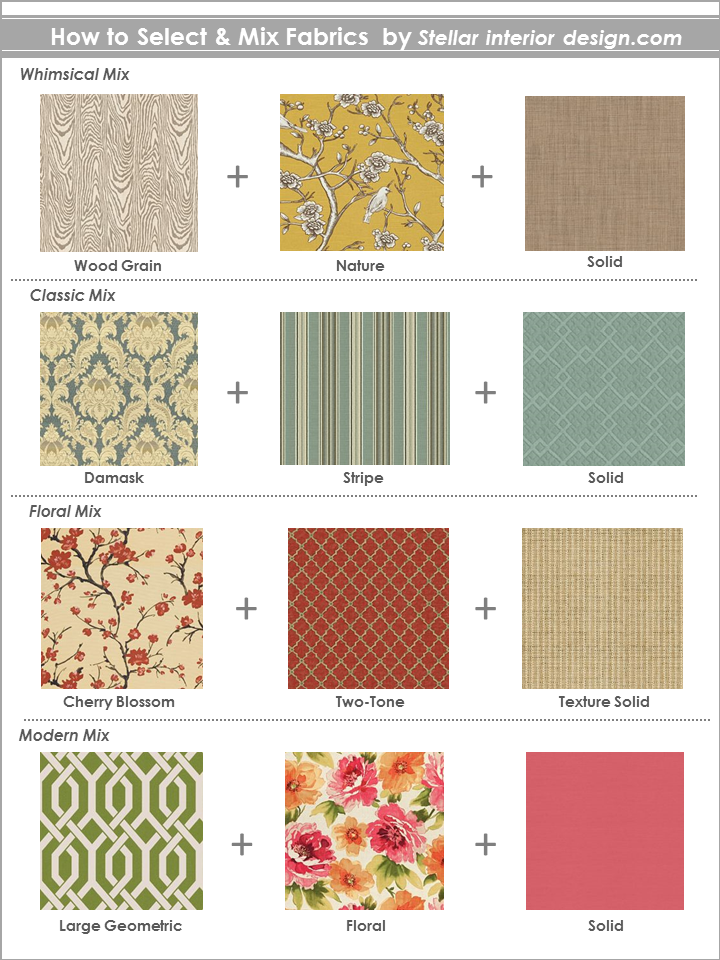 They can be with various effects - velvety surface, fluorescent, metallic, pearlescent. Some paints are marked " for dark fabrics" or "for light fabrics" - it is also better to listen to such manufacturer's recommendations.
They can be with various effects - velvety surface, fluorescent, metallic, pearlescent. Some paints are marked " for dark fabrics" or "for light fabrics" - it is also better to listen to such manufacturer's recommendations.
Choose acrylic paints for fabric
To keep the colors from flowing uncontrollably through the fabric, you need to "lock" it in closed lines. To do this, use a contour (reserving composition) - a special thick paint in a tube with a thin nose. When applied, it impregnates the fibers of the fabric and prevents the paint from spreading beyond the line. The contours are ordinary, with a 3D effect, mother-of-pearl, shiny glitters and others. For silk, a separate type of contour is used.
Choose an outline for the fabric
Masters advise not to mix paints from different manufacturers and different series in one work - the chemical compositions of dyes may conflict with each other. In order not to get lost in the labyrinths of jars, pay attention to a few points:
- type of fabric;
- color saturation;
- variety of colors and contours;
- the need for special effects;
- additional compositions - for example, the French company Pebeo offers solutions for dimming the brightness, for thickening paints and a special reserve for protecting a large area of the surface from paint.

Fabric painting techniques
We have already mentioned the main directions - hot and cold batik . In addition to them, there are three more interesting techniques for creating patterns on fabrics.
Airbrush. The paint is applied to the material using an airbrush. The intensity of the color is determined by the distance from the nozzle to the fabric and the duration of exposure. Outlines are not needed for work, but stencils are often used to create clear boundaries.
Knot painting (shibori, tie-dye, plangi). The basic principle is that the fabric is completely dyed, except for those places that you previously protect. Many tied knots, clothespins, thread constrictions prevent the paint, in which buttons, twigs or other elements can be added to create an original pattern. Sometimes the process is repeated - after staining and subsequent blooming of the knots, new ones are tied in other places and painted in the next color.
Free painting. The fabric is wetted with water and a pattern is applied to it with a brush. There are no contours, so the colors can be freely mixed with each other. The degree of moisture content of the fabric determines the "watercolor" pattern.
How to transfer a pattern
There are many ways to transfer an image from paper to fabric. The most convenient option is if the fabric is thin, and the outline of the pattern on paper is made with bold lines of saturated color, then you can simply put the pattern under the fabric and circle it. But if you're drawing on heavy fabric, or you're not sure about the firmness of your hand, try the following methods.
Method 1
Stretch the fabric, put carbon paper on it, and the pattern on top. carefully circle the outlines of the pattern - the print will remain on the fabric. It is used for light and dark fabrics - choose a carbon copy of the color that will stand out more on your material.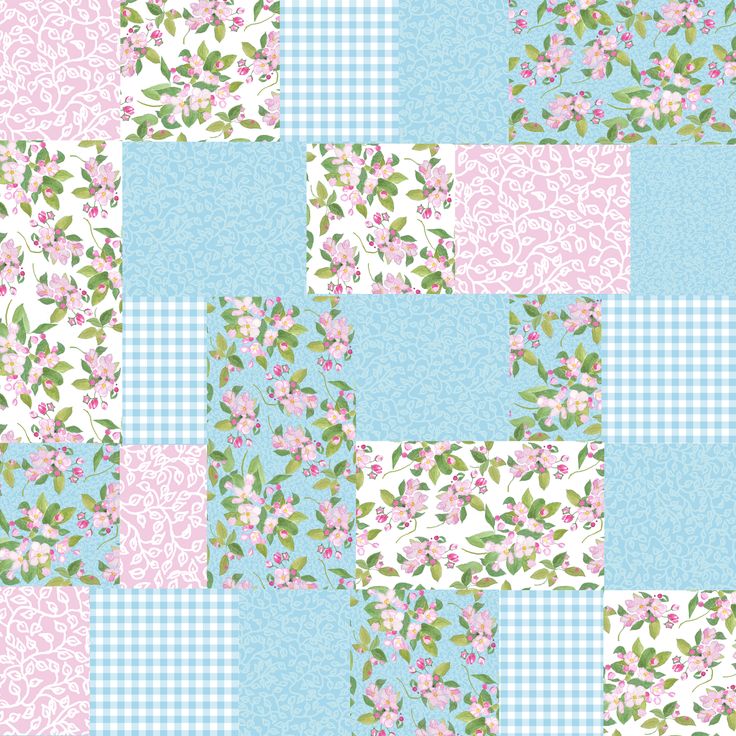
Method 2
Make slits along the outline of the drawing with a clerical knife, leaving small jumpers so that the drawing does not crumble into pieces. Put the resulting stencil on the fabric and draw along the slots with a soft pencil or crayon in a color contrasting with the material. Carefully remove the drawing and complete the outline by sketching the gaps.
If the drawing is simple and monochromatic, and you are confident in your accuracy, you can immediately use a brush with paint instead of chalk.
Method 3
Take a thick needle, lay the drawing on a soft surface and make many point punctures along the contour. Then transfer the paper to the fixed fabric and sprinkle it with crushed chalk or pencil lead. Spread the powder over the surface with a cotton pad, pressing it down a little. Remove the paper - a dotted outline of the pattern will appear on the fabric.
Method 4
The original drawing must be on tracing paper.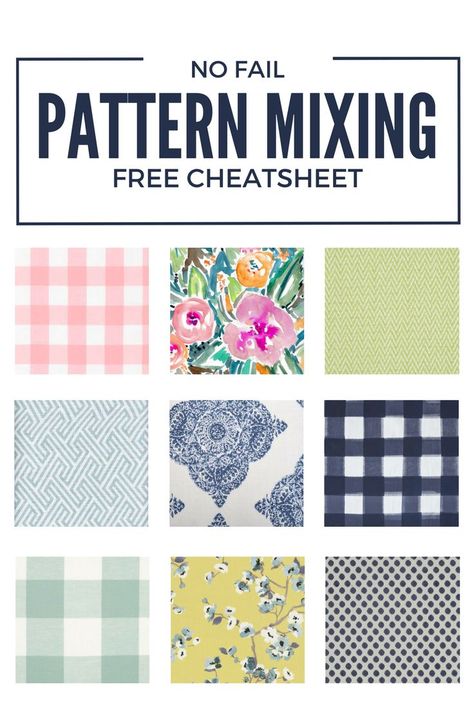 Circle it on the reverse side with a wet pencil or chalk, then gently attach it to the fabric and iron it several times with your hand.
Circle it on the reverse side with a wet pencil or chalk, then gently attach it to the fabric and iron it several times with your hand.
Method 5
With the help of light. Attach the fabric to a solid sheet of glass, plexiglass, plastic, or other light-transmitting material. Place the sheet on two supports (for example, two stools), between which a lamp is placed on the floor, pointing upwards. Turn on the light and circle the drawing with a pencil or outline immediately.
If you have little experience and simple drawings, transferring the image may not be required - many people draw directly on the fabric.
Practical tips
Prewash. Factory impregnation of a new fabric prevents the absorption of paints and the pattern may be damaged. Be sure to wash the material before starting work, dry it, iron it, and only then proceed to drawing.
Fabric tension. Before starting work, make sure that the fabric is securely fastened to a hard surface - it is best to take a sheet of plastic, plywood or board. For fixing, you can use pushpins, paper clips, paper clips and even ordinary clothespins. The main thing is that your workplace does not move when transferring an image from paper and in the process of applying contour and paints.
For fixing, you can use pushpins, paper clips, paper clips and even ordinary clothespins. The main thing is that your workplace does not move when transferring an image from paper and in the process of applying contour and paints.
Underlay. If you apply the design directly to the finished product, for example, a T-shirt, it is important that there is a substrate between the layers of the attached product - this will avoid ink getting on the back side of the product, where the design is not intended. The entire sheet of plastic or plywood on which you attach the product can act as a substrate, if the size allows, or an additional tab made of a similar material, or just a plastic film.
Water. Pour water for thinning paint into a stable heavy glass or jar and place it a little to the side, not at hand. Do not use plastic cups, they are unstable, they are easy to turn over and ruin the work.
Cloths. It is good to have a hygroscopic rag on hand - wet and dry for blotting brushes, wiping hands and the table in the process. Be careful not to hang a drop on the brush - a single blot can irrevocably spoil the product. Pay no less attention to the cleanliness of your hands - sometimes it seems that the paint gets on them just by magic.
It is good to have a hygroscopic rag on hand - wet and dry for blotting brushes, wiping hands and the table in the process. Be careful not to hang a drop on the brush - a single blot can irrevocably spoil the product. Pay no less attention to the cleanliness of your hands - sometimes it seems that the paint gets on them just by magic.
Brushes. The choice of brush depends on the type of design, the quality of the fabric and your personal tastes. In batik, you can use a very large assortment of brushes, as well as foam rubber and cotton swabs. It is advisable to choose brushes with a long handle and even, neatly laid bristles. To draw small details and work near the contour, you will need thin brushes; for painting large surfaces, you can take round and flat brushes.
Please note that the brush should not be left in water for a long time with the tip down - it can become deformed. When finished, wash the brush with a drop of dishwashing detergent and dry with the tip up.
Choose brushes for painting
Circuit . When drawing the contour, hold the tube at an acute angle to the fabric and do not change the speed of the hand movement - then the line will turn out to be even in thickness.
Fixing . Carefully read the instructions on the jars of paints and contours - each manufacturer may have its own drying time and method of fixing. Following the rules will help you not ruin your work.
Ideas for things to paint
Traditionally, silk scarves, stoles, scarves and dresses were decorated using the batik technique. Since the art originated in Indonesia, its native motifs are flowers, plants, birds and landscapes.
For a "pen test" you can take a plain cotton T-shirt and decorate it using the shibori technique - you get a bright summer pattern in the form of a spiral with divergent rays. A frame from your favorite cartoon will look good on a children's sweatshirt - such patterns have a clear outline and large shapes, they will be easy to work with.